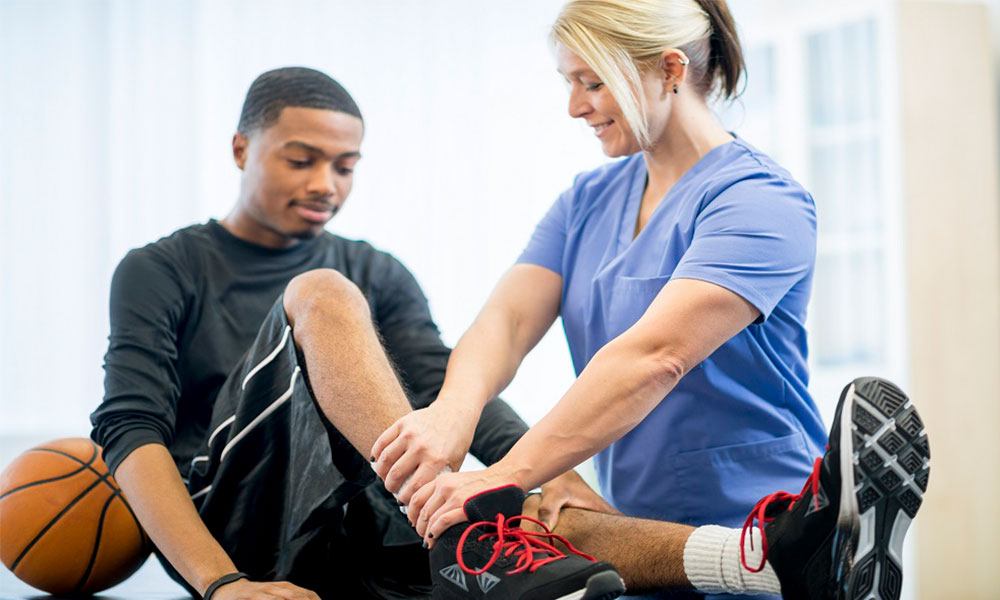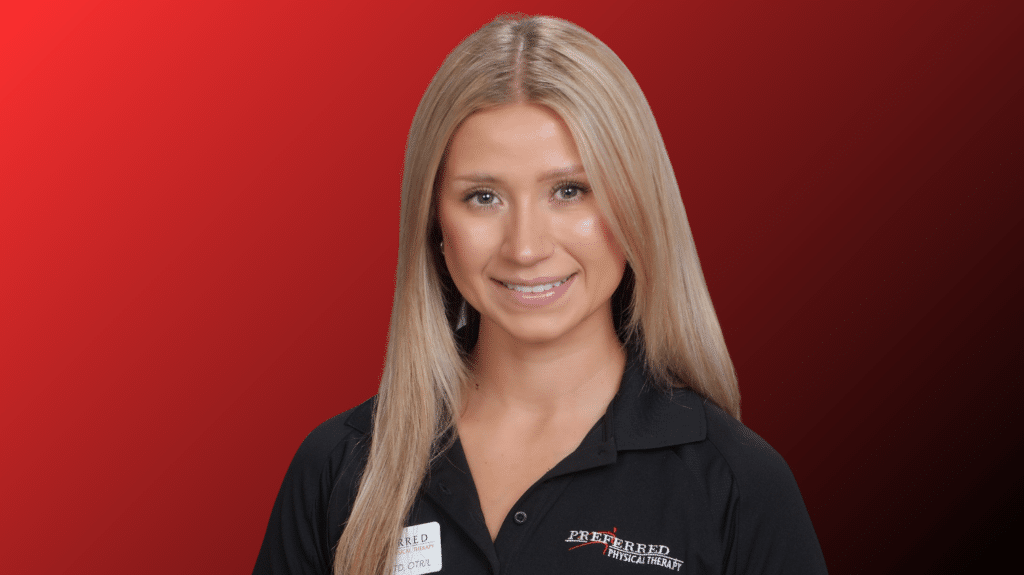Young athletes are more susceptible to injury than adult athletes because their bodies are still growing. Grade school athletes are less likely to injure themselves than high school because they are smaller and slower, but athletes in high school are bigger, faster, and stronger and can deliver high amounts of force to opponents in contact sports. Young athletes and their parents can both take actions to avoid common injuries.
Two types of injuries typically occur in young athletes: acute and overuse. Acute injuries caused by a sudden trauma, such as a fall, twist, or collision are sources of pain. Some examples of this type of injury include broken bones, sprains of the ligaments (which attach bone to bone) and strains of the muscles and tendons (which connect muscle to bone). Injuries caused by repetitive joint motions such as pitching a baseball or swinging a tennis racket are considered overuse injuries. These injuries (i.e., tennis elbow, Achilles tendonitis, shin splints) are not as easy to recognize because they are slow-forming, but it is crucial to watch for them. Non-acute pain, swelling, changes in the athlete’s form or technique, or a decreased interest in sports participation could be indicators of a developing overuse injury.
There are several ways young athletes can avoid these types of injuries. Athletes need to ensure that they are in proper physical condition for their sport by scheduling sports physicals or injury screenings. Athletes also need to wear appropriate protective gear for their sport such as helmets, shin guards, and padding. Athletes always need to warm up and stretch before practice and games. Performing explosive motions, such as sprinting and jumping, on cold muscles increases the likelihood for injury. It is imperative that athletes take the time for a brief 10-15 minute warm up with some light cardiovascular exercise and stretching to get their muscles warm and loose. It is also essential for athletes to have proper body mechanics for their sport. Proper squatting form, running form, and throwing form should be used during activities to avoid overuse injuries. Athletes should incorporate strength and conditioning training alongside their practice schedule so that they don’t compensate for muscles that are too weak to perform for their sport optimally.
Young athletes also need to take breaks from their sports. Doctors are seeing an increase in overuse injuries in athletes that play only one sport year-round, so young athletes need to take breaks or play other sports during different seasons. Playing other sports during different seasons can not only help prevent injury but can assist with skill development as well.
Content provided by Myranda Griebel, PTA.A Guide to Safety for Young Athletes – OrthoInfo – AAOS. (2018, February). Retrieved from https://orthoinfo.aaos.org/en/staying-healthy/a-guide-to-safety-for-young-athletes/




